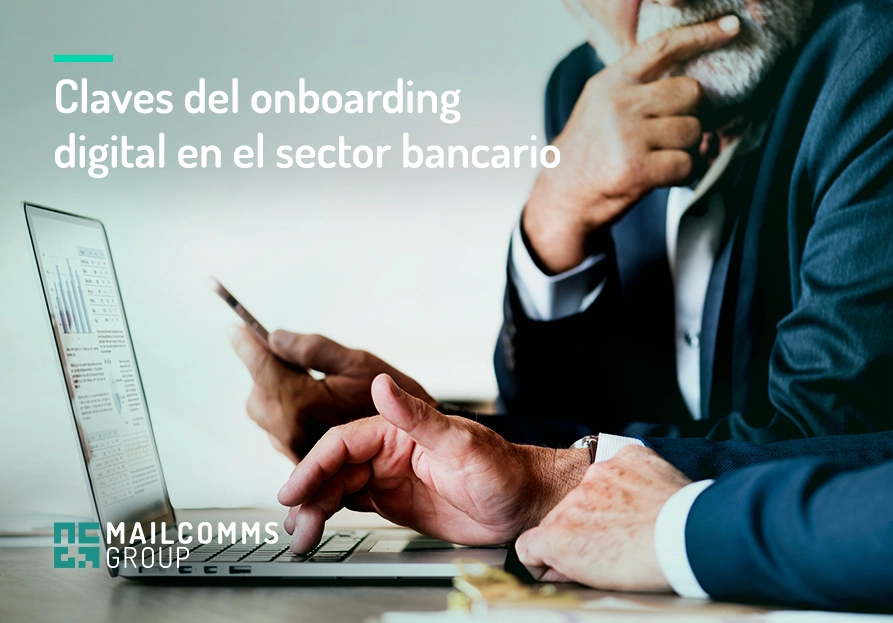
Table of Contents
Introduction

Digitalonboarding is the remote onboarding of customers in a digital environment, and includes remote identity verification (i.e. ensuring that the customer is who they say they are) and compliance with the necessary cross-cutting and industry regulations.
Digital onboarding occurs in a number of sectors, but perhaps the most common and sensitive is related to the banking area.
When designing a remote onboarding process, companies face many challenges in several categories. It is a complex journey that requires the involvement of professionals and vendors with expertise in various fields such as, to name a few, compliance, legal, marketing, certified communications, technology and in some cases, product specialists.
Until not too long ago, the first decision was, precisely, to make the decision. The Covid-19 pandemic produced an unprecedented acceleration in remote relationships between customers and companies, and this includes the very step of becoming a customer, but before that, the trend towards digital was already constant and unstoppable. Face-to-face offices and the postal channel, sometimes combined with the telephone, did the job, but users were increasingly demanding an online process, and not only that, but one that was also an attractive, frictionless and smooth experience. Companies had to combine this demand with secure and efficient technical solutions that were integrated into their systems and the guarantee of complying with current regulationsand their evolutions, as and when they arose.
Banking regulations
The financial sector is one of the most regulated sectors and entities have to dedicate a lot of resources, both monetary and human, to carry out their activity in compliance with all of them, often invisibly for users and, on occasions when this is not possible, at least without causing them complications. That affects, of course, digital customer onboarding.
- General Data Protection Regulation.
- Anti-Money Laundering Directive (AMLD), which is now in its fifth update.
- eIDAS, whose eIDAS 2 evolution came into force this year.
- PSD2, which regulates the management of payment services within the European Union. It is basically aimed at preventing fraud in this area as far as possible.
- SEPBLAC: in Spain, banks must also take into account everything related to SEPBLAC, which stands for Servicio Ejecutivo de la Comisión de Prevención del Blanqueo de Capitales e Infracciones Monetarias, and which defines itself as “Spain’s financial intelligence unit”.
- KYC(know your customer) standards, which may be involved in compliance with some of the above regulations.
Failure to comply with these regulations can lead to serious problems for banks, ranging from warnings from regulators to penalties, monetary liabilities to customers (e.g., assuming frauds they have suffered) or even suspension of the bank’s banking card in the most extreme cases.
Technology for digital banking onboarding
There are several verification systems that guarantee the remote onboarding of clients with the minimum characteristics, such as: system integration, compliance, user experience, security and privacy of information.
The most widely used are:
 Verification with facial biometrics: the user provides photographs of his or her identity document, which are analyzed for authenticity and validity. In addition,
Verification with facial biometrics: the user provides photographs of his or her identity document, which are analyzed for authenticity and validity. In addition,
the future customer takes a selfie and adds a life test (blink, blink…) and all the data and the result are certified. Biometrics is a very current field, if you are interested in this topic we invite you to read this post about behavioral biometrics.- Verification with unassisted video call: this tool is ideal for electronic onboarding processes including KYC (Know Your Customer) and AMLD. Verification is carried out through a video call, involving AI and specialized algorithms in a multi-layered scheme.
- Verification with assisted video call: the basis is the same as in the assisted video call, but in this case a specialized agent is involved, either to accompany the user in the verification process or to play a “major verification role”.
In addition, other necessary technologies must be taken into account within the onboarding process that will help the entity not only to improve the digital customer experience, but also with regulatory compliance:
- Obtaining and managing consent for GDPR compliance purposes.
- Simple, advanced or qualified signature of the contractual conditions.
Conclusion
An obvious and very important fact about digital onboarding, which cuts across all industries, is that it is often the first “intense” point of contact between a prospective customer and a company. Designing and implementing an attractive, secure and smooth process can have both immediate effects, such as the person becoming a customer, and longer-lasting and equally positive ones, such as a sense of trust that turns into loyalty.
For all these reasons, choosing a provider that meets all the needs and from all aspects to implement a successful remote incorporation process goes far beyond complying with current legislation or overcoming technical difficulties: it will surely mean a growing community of customers both in terms of number and products contracted.
And before we finish, we invite you to visit this content if you want to know more examples of digital onboarding for companies in other sectors.